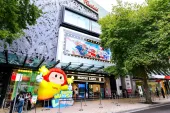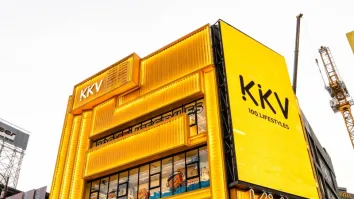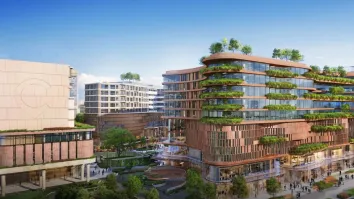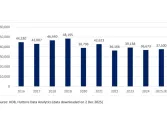
Mall vacancy in Philippines to rise 12% in 2020
More than 80% still favour in-store shopping.
Mall vacancy in the Philippines is projected to rise 12% in 2020 from 9.8% in 2019, according to a report from real estate consultancy company Colliers.
This is attributed to the reduced mobility, observance of physical distancing, and aversion towards the use of physical currency present opportunities for mall operators and retailers all over Metro Manila.
Colliers conducted a survey of respondents from the Luzon and Visayas regions, which showed that 84% of still chose brick-and-mortar retail whilst the remaining 16% prefer shopping online. Despite favouring in-store shopping, 91% already have experience shopping online.
However, Colliers notes that it is likely to change given the effect of the pandemic and lockdown on consumer preferences as well as social distancing measures. Data from the Philippine Payments Management Inc. (PPMI) showed that e-payment transactions during the lockdown reached a total value of PHP53b (US$1b) or an average of PHP6,130 (US$120) per transaction.
In April, some 8.9 million InstaPay transfers were also recorded, up by 32.2% from 6.7 million transactions on 4 March, indicating the growth of online shopping during the period.
The cash-on-delivery (COD) payment option for online purchases was also popular, with 65% of the respondents opting for this mode, whilst only 7% preferred to use online bank transfers and e-wallet options.
Further, close to 80% of respondents encounter advertisements for products and goods online via social media. Retailers could take advantage of this by further strengthening their social media presence to expand the reach of their products.
Colliers believes that mall operators and retailers should strengthen their online presence by either utilising existing e-commerce websites or setting up their own platforms to market their products.



















 Advertise
Advertise





